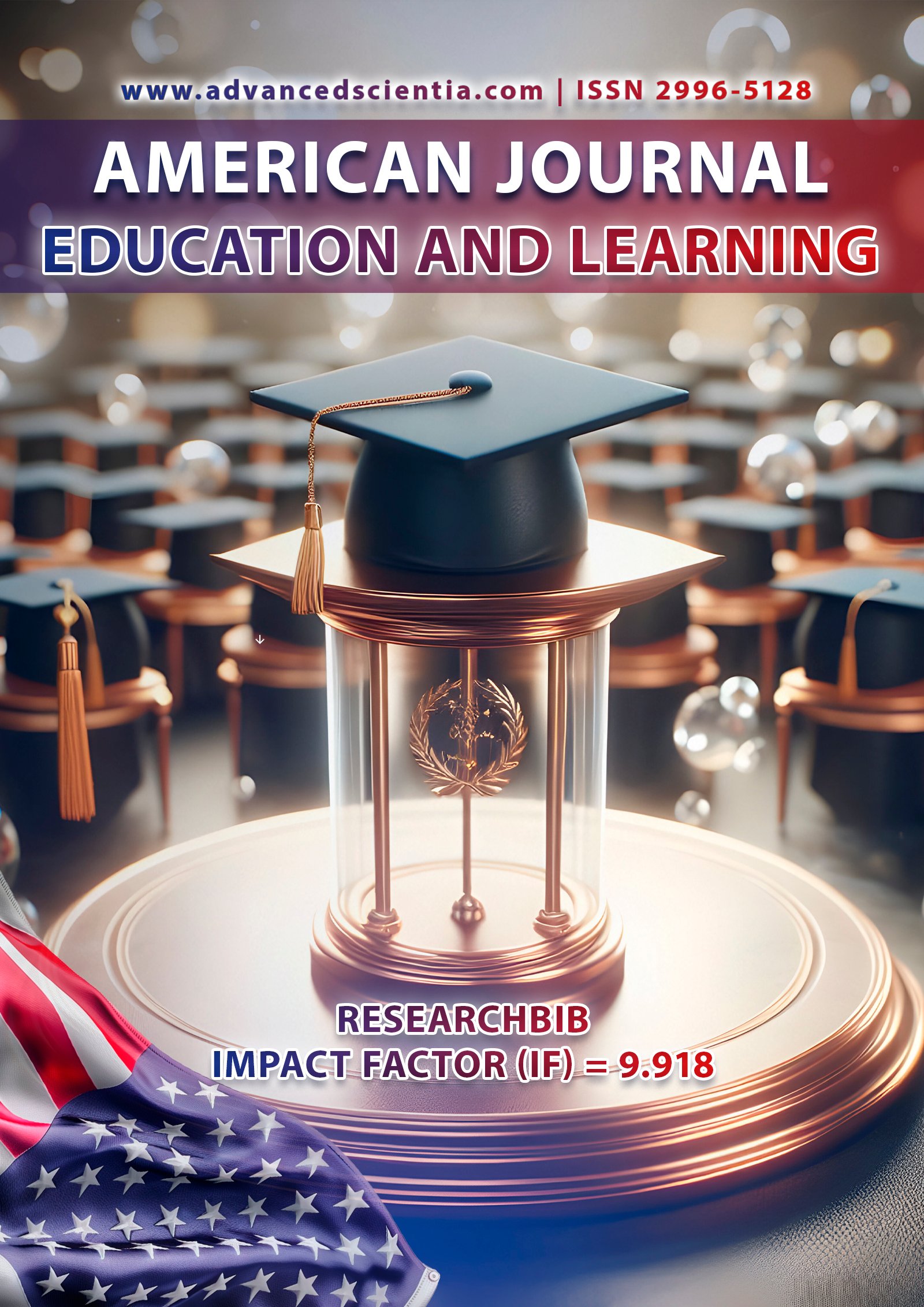COMPARATIVE ANALYSIS OF PARALINGUISTIC MEANS OF ENGLISH AND UZBEK LANGUAGES
Abstract
Paralinguistics is a section of linguistics that studies non-verbal (non-linguistic) means included in a speech message and transmitting, together with verbal means, semantic information. In addition, paralinguistics, as a section of linguistics, means a set of non-verbal means participating in speech communication. This article is devoted to the study of the characteristics of three types of paralinguistic elements, i.e. phonation, kinetic and graphic. The work is based on the theoretical provisions of paralinguistics, communicative linguistics, cognitive linguistics, and linguistics of emotions. Paralinguistic means are not an autonomous and closed semiotic system, but can be both elements of ordered semiotic non-verbal systems and individual indicators not ordered into a system. The interaction of linguistic and paralinguistic means certainly reveals the functions of linguistic forms, primarily their polysemy, stylistic nuances, etc. Thus, there is a contact between two systems: linguistic and paralinguistic as functionally linguistic.
References
1. Абдуазизов А.А. О статусе и критериях установления паралингвистических средств // Филологические науки. – 1980. – С. 66-71
2. Гречко В.А. Теория языкознания: Учебное пособие. – М.: Высшая школа, 2003. – 375 с.
3. Бушуй Т., Сафаров Ш. Тил қурилиши: таҳлил методлари ва методологияси. –Тошкент: Фан, 2007. – 234 б.
4. Носирова М. О. Национальная специфика отражения социальных ценностей в пословицах разносистемных языков //Konferensiyalar| Conferences. – 2024. – Т. 1. – №. 10. – С. 594-598.
5. Носирова М. О. Черты национального характера и их представление в пословичной картине мира //Miasto Przyszłości. – 2024. – Т. 55. – С. 1664-1667.
6. Рахматуллаев Ш. Ўзбек тилининг фразеологик луғати. – Тошкент: Ўқитувчи, 1978. – 406 б.
7. Сафаров Ш. Когнитив тилшунослик. – Жиззах: Сангзор, 2006. – 91 б.
8. Симонов П.В. Теория отражения и психофизиология эмоций. – М.: Наука. 1980. – 140 с.
9. Филиппов А.В. Звуковой язык и «язык» жестов. – М., 1985. – 48 с.
10. Чанышева З.З. Лексические средства обозначения паралингвистических компонентов речи в современном английском языке: дис…. канд. филол. наук. – М.: 1989. – 223 с.
11. Jоn R. Stоnе. Thе Rоutlеdgе Bооk оf Wоrld Prоvеrbs. USА аnd Саnаdа, 2006. – 543 p.
12. Jоsеph Gаlаssо. Аnаlyzing Еnglish Grаmmаr: Аn Intrоduсtiоn tо Fеаturе Thеоry- Саlifоrniа Stаtе Univеrsity, Nоrthridgе 2002. – 341 p.
13. Judith Siеfring.Thе Оxfоrd Diсtiоnаry оf Idiоms. – Оxfоrd: OUP, 2004. -673 p.
14. Kholikova D.M. The notion of internationalisms and interlingua // Образование и наука в ХХI веке. – Россия, 2021. - S. 1194-1198.
15. Pаrrеt H. Sеmiоtiсs аnd Prаgmаtiсs: Аn Еvаluаtivе Соmpаrisоn оf Соnсеptuаl Frаmеwоrks. – Аmstеrdаm; Philаdеlphiа, 1983.






















